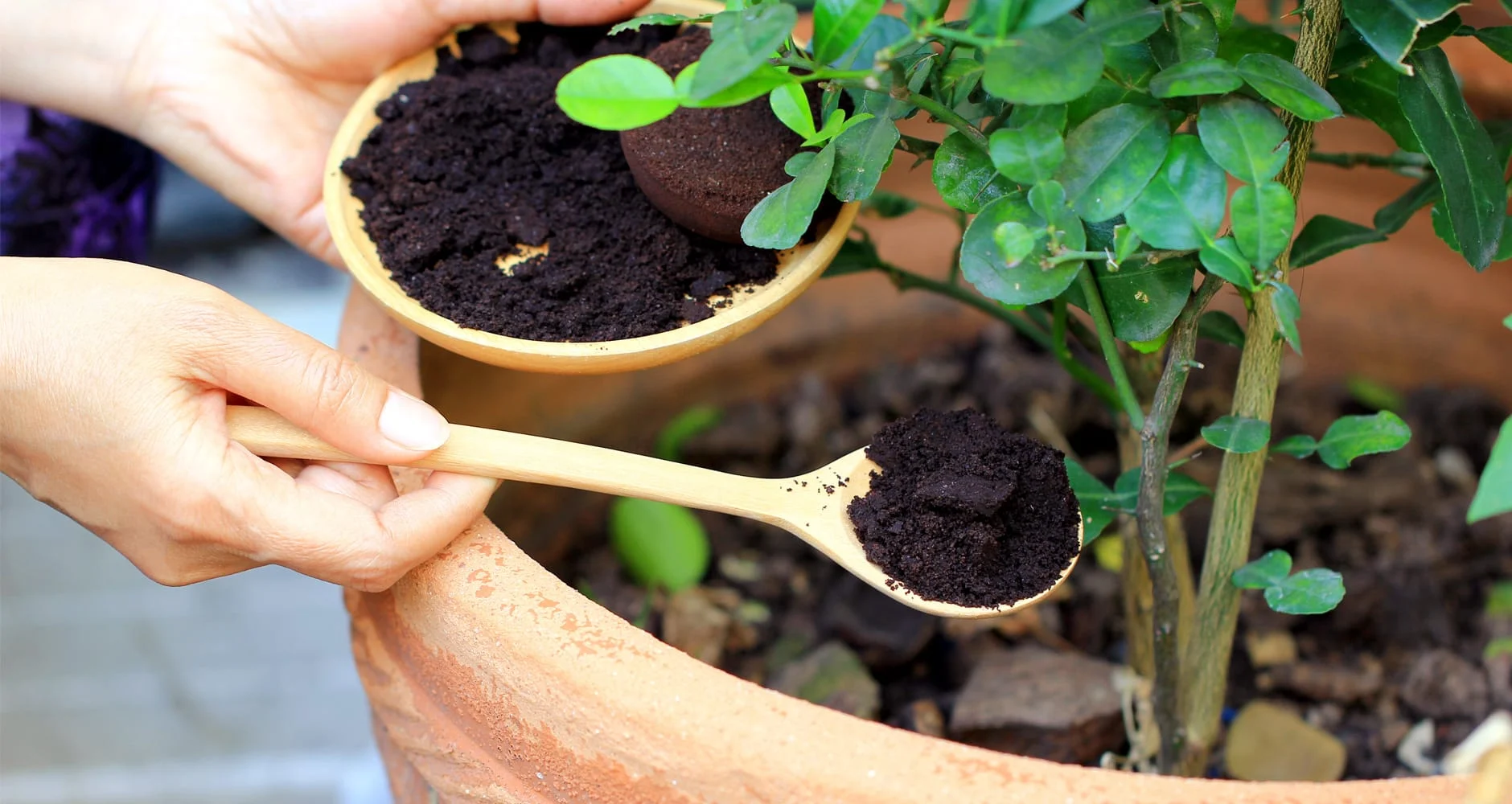
Essential Tips for Fertilizing Indoor Plants During Winter
Winter poses unique challenges for indoor plant care, especially when it comes to fertilizing. With decreased sunlight and cooler temperatures, plants naturally enter a period of slowed growth. However, providing the right nutrients during this time is crucial to maintaining their health and vitality. In this blog, we will explore effective strategies and essential tips to help you fertilize your indoor plants during the winter season.
🌿Understand Your Plant’s Needs: Different plants have varying nutritional requirements. Before fertilizing, it’s important to identify the specific needs of your indoor plants. Some may benefit from a general-purpose fertilizer, while others may require specific formulations. Research your plant species and determine the appropriate type and frequency of fertilization.
🌿Adjust Fertilizer Strength: During winter, it’s advisable to reduce the strength of fertilizer solutions. Since plants are in a dormant state and experience slower growth, they require fewer nutrients. Follow the manufacturer’s instructions, but dilute the fertilizer to half or a quarter of the recommended strength. This approach prevents over-fertilization, which can harm plant roots.
🌿Opt for Slow-Release Fertilizers: Slow-release fertilizers are an excellent choice for winter fertilization. These products provide a steady supply of nutrients over an extended period, allowing your indoor plants to absorb them gradually. Slow-release fertilizers are available in various forms, including pellets, granules, and spikes. They are convenient, effective, and minimize the risk of nutrient burn.

🌿Monitor Soil Moisture: Winter conditions often lead to lower humidity levels, which can result in drier indoor environments. Before applying fertilizer, ensure that the soil is adequately moist but not waterlogged. Dry soil may prevent nutrients from being absorbed properly, while excessively wet soil can hinder root development. Strike a balance by watering your plants appropriately and allowing the soil to drain before fertilizing.
🌿Feed Less Frequently: With slower growth during winter, indoor plants require less frequent fertilization. Instead of a regular weekly or bi-weekly schedule, aim to fertilize your plants every 4-6 weeks. This interval provides enough time for the nutrients to be utilized by the plants and avoids nutrient buildup in the soil. Always assess the condition of your plants and adjust the fertilization frequency accordingly.
🌿Use Organic Fertilizers: Consider using organic fertilizers for your indoor plants during winter. Organic options, such as compost, seaweed extract, or worm castings, provide a gentle and sustainable source of nutrients. They release nutrients slowly, improve soil structure, and promote beneficial microbial activity. Organic fertilizers also reduce the risk of chemical buildup in the soil over time.
🌿Supplement with Micronutrients: While reducing overall fertilization during winter, it’s essential to ensure your plants receive essential micronutrients. These nutrients, including iron, zinc, and manganese, are crucial for healthy plant growth and development. Look for fertilizers specifically formulated for indoor plants or those designed to address micronutrient deficiencies. Applying micronutrients as foliar sprays can also help plants absorb them more efficiently.
🌿Consider Natural Light and Supplement with Artificial Light: Indoor plants may experience reduced sunlight exposure during winter, affecting their growth rate. Supplement natural light with artificial lighting, especially in areas with limited access to sunlight. Providing sufficient light enables plants to photosynthesize effectively and utilize the nutrients from fertilizers more efficiently.
Conclusion
Fertilizing indoor plants during winter requires a thoughtful approach. By understanding your plants’ specific needs, adjusting fertilizer strength, and utilizing slow-release or organic options, you can provide the necessary nutrients while avoiding the risks of over-fertilization. Monitoring soil moisture, adjusting fertilization frequency, and supplementing with micronutrients will ensure your indoor plants thrive during the colder months. With these essential tips, you can maintain the health and vitality of your indoor plants, bringing a touch of nature into your home even during the winter season.



